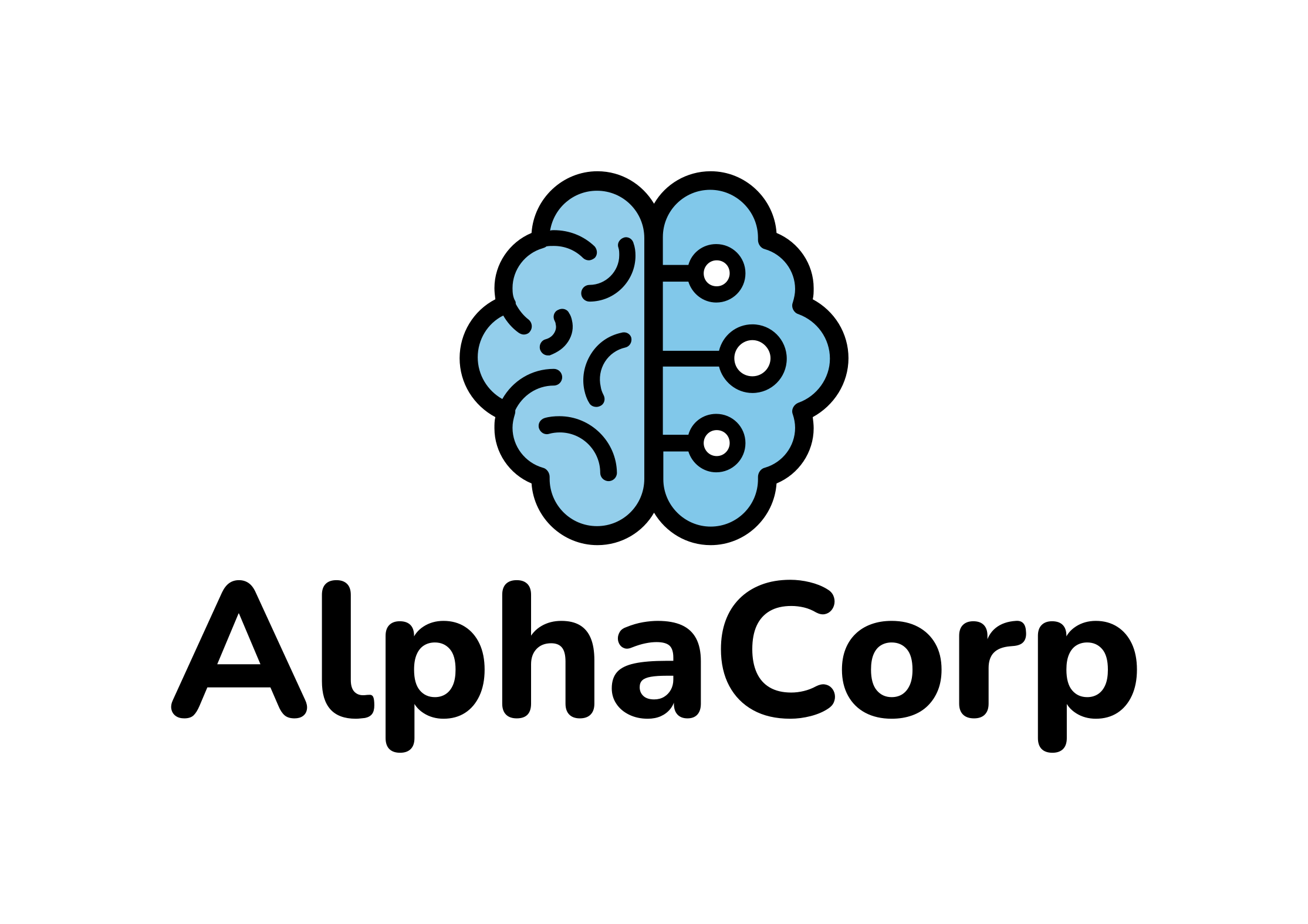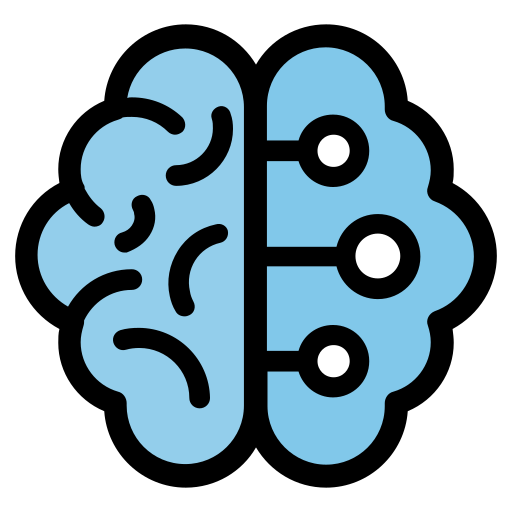Artificial intelligence is evolving fast—but for many people, trust hasn’t kept pace with innovation. After years of hype, hallucinations, and headline‑making failures, the big question in 2025 is simple: how can we actually trust AI?
The good news: measurable progress is finally happening. According to new data from Stanford’s 2025 AI Index, KPMG’s global trust study, and other leading sources, AI is becoming more trustworthy in five concrete ways—from better audits to stronger governance and human oversight.
This listicle breaks down the top five developments that are moving AI from aspiration to auditable practice. You’ll see how evaluation, incident learning, certification, oversight, and accountability each play a role in improving reliability and public confidence.
Quick Answer:
- Better Evaluation and Auditing – Harder benchmarks and automated audits raise reliability.
- Incident‑Driven Learning – Standardized harm scoring helps organizations learn from mistakes.
- Governance and Certification – Standards like ISO/IEC 42001 make trust verifiable.
- Human Oversight and Provenance – Human review and content labeling reduce misinformation.
- Accountability and Public Trust – Transparency and regulation align incentives toward responsible AI.
How We Selected These Five Ways
This analysis is based exclusively on evidence from authoritative 2025 reports and peer‑reviewed studies, including Stanford HAI’s AI Index, the AI Incident Database(AIID), MIT’s AI Incident Tracker, KPMG’s Trust Study, and vendor system cards from Anthropic and OpenAI.
Each “way” was chosen because it meets three criteria:
- Measurable improvement – backed by new data, benchmarks, or certifications.
- Cross‑sector relevance – applicable to both enterprise and public AI systems.
- Governance maturity – moves trust from policy statements to auditable processes.
Unlike opinion‑based lists, this article focuses on documented advancements in 2025 that demonstrate real progress in AI trustworthiness. Every claim links directly to credible research or institutional evidence.
Comparison at a Glance
| Trust Vector | Core Focus | Key 2025 Advancement | Best For |
|---|---|---|---|
| 1. Evaluation & Auditing | Measuring reliability | Harder benchmarks, automated audits (Stanford HAI, Anthropic) | Developers and evaluators verifying model safety |
| 2. Incident‑Driven Learning | Learning from harm | Automated classification, 1–5 severity scale (AIID, MIT) | Governance teams managing risk |
| 3. Governance & Certification | Operational controls | ISO/IEC 42001 certification, NIST RMF integration (Thomson Reuters, AWS Security) | Enterprises needing audit‑ready assurance |
| 4. Human Oversight & Provenance | Reducing hallucination & misinformation | Human‑in‑the‑loop research tools, C2PA content labels (Magesh et al. 2025, EDM/C2PA) | Professionals and platforms managing high‑risk content |
| 5. Accountability & Trust Feedback | Public confidence & regulation | Global regulation momentum, transparency reporting (KPMG 2025, Pew 2025) | Policymakers and organizations building public trust |
1. Better Evaluation and Auditing – Harder Tests, Smarter Checks
AI systems are finally being tested the way they’re used in the real world. The 2025 AI Index shows steep performance gains on new, tougher benchmarks like MMMU (+18.8 points) and SWE‑bench (+67.3)—but also introduces frameworks such as BetterBench, which score the quality of benchmarks themselves.
Key Features
- Benchmark Quality Framework: Stanford’s BetterBench defines 46 criteria for trustworthy evaluations, including data provenance and anti‑contamination controls.
- Automated Auditing Tools: Anthropic’s open‑source Petri tool uses AI agents to probe models for unsafe behaviors, enabling continuous audits.
- Preparedness Evaluations: OpenAI’s system cards disclose safety testing results and categorize risks by severity.
- Responsible‑AI Benchmarks: New metrics like HELM Safety and FACTS focus on factuality and safety, not just capability.
Pros
Raises evaluation standards and transparency. Enables faster detection of risky model behaviors. Aligns with governance frameworks for audit readiness.
Cons
Overfitting and benchmark leakage remain risks. Complex reasoning tasks still underperform.
Best For: AI developers and auditors who need reliable, repeatable evidence of system safety.
2. Incident‑Driven Learning – Measuring and Learning from AI Harms
Trust grows when organizations learn from mistakes. In 2025, the AI Incident Database and MIT AI Incident Tracker have standardized how AI harms are classified and scored, helping teams compare and respond to incidents consistently.
Key Features
- Automated Classification: Two‑step LLM process assigns incident domains and independent harm scores.
- Standardized Taxonomy: Ten harm categories—from physical injury to democratic harm—based on the CSET taxonomy.
- Simplified Severity Scale: MIT’s new 1–5 scale improves consistency and readability in dashboards.
- Trend Insights: Deepfake scams and misinformation top 2025’s rising incident types.
Pros
Reduces bias in harm measurement. Supports cross‑organization learning. Provides actionable data for governance updates.
Cons
Public reports still undercount total incidents. Cross‑country comparisons remain difficult.
Best For: Risk managers and compliance teams establishing AI safety dashboards and escalation rules.
3. Governance and Certification – From Policy to Practice
AI governance is no longer optional paperwork—it’s becoming a certifiable discipline. In 2025, standards like ISO/IEC 42001 and frameworks such as NIST’s AI RMF and the EU AI Act are reshaping how organizations demonstrate trustworthy AI.
Key Features
- ISO/IEC 42001 Certification: Establishes formal AI Management Systems (AIMS) for risk‑based governance; Thomson Reuters earned early certification.
- NIST RMF Integration: Aligns governance functions—Govern, Map, Measure, Manage—for consistent risk control.
- EU AI Act Milestones: New obligations for bans, literacy, and high‑risk systems took effect in 2025, driving compliance planning.
- Decision Intelligence Controls: Human‑in‑the‑loop approvals and independent validation embedded in daily workflows.
Pros
Converts trust from policy statements into auditable evidence. Encourages continuous monitoring and accountability. Creates internationally recognized trust signals.
Cons
Implementation requires resources and leadership buy‑in. Certification doesn’t guarantee model safety—only governance maturity.
Best For: Enterprises and public institutions needing external assurance and alignment with global AI regulations.
4. Human Oversight and Provenance – People + Proof for Safer AI
Even the best AI still hallucinates. That’s why 2025 has seen a surge in human‑centered oversight and content provenance mechanisms designed to verify both outputs and origins.
Key Features
- Human‑in‑the‑Loop Legal Research:Thomson Reuters’ CoCounsel Deep Research integrates verified citations and structured reports for legal professionals.
- Empirical Reliability Testing: A peer‑reviewed study found hallucination rates of 17–33% across major legal AI tools—evidence that oversight remains essential.
- C2PA Provenance Labels: Platforms like TikTok now embed metadata that identifies AI‑generated media, aiding user trust and misinformation control.
- External Red Teaming:OpenAI’s system cards describe safety evaluations across cybersecurity and autonomy categories.
Pros
Empowers professionals to verify AI outputs. Adds traceable provenance to digital content. Improves transparency for end‑users.
Cons
Content labels can be stripped or bypassed. Hallucination risk persists despite RAG systems.
Best For: Professionals and platforms requiring verifiable accuracy or authenticity in AI‑assisted outputs.
5. Accountability and Public Trust Feedback – Transparency Meets Regulation
Public skepticism remains high, but the feedback loop between regulation, transparency, and public literacy is tightening. The KPMG 2025 Global Trust Study found 70% of people support AI regulation, and governments are responding with new frameworks and audits.
Key Features
- Public Trust Gap: 66% use AI regularly, but only 46% say they trust it—a clear call for visible assurance.
- Global Governance Momentum: OECD, EU, UN, and regional frameworks are accelerating responsible‑AI evaluations.
- Transparency Practices: Public incident repositories (AIID), system cards, and ISO certifications make governance visible.
- Sector ROI Proof: Professional services firms report higher returns when governance and oversight are formalized.
Pros
Aligns incentives toward safer AI deployment. Strengthens legitimacy through transparency and external oversight. Builds public understanding and literacy.
Cons
Trust grows slower than adoption. Many firms still lack full responsible‑AI evaluations.
Best For: Policymakers, regulators, and organizations aiming to close the trust‑use gap through transparency and compliance.
How to Choose the Right Trust Strategy for Your Organization
If you’re implementing AI at scale, focus on evidence, not promises. To decide where to invest first:
- Start with evaluation: Adopt automated audits and benchmark QA to detect risks early.
- Build governance muscle: Map your processes to NIST RMF and pursue ISO/IEC 42001 certification.
- Integrate oversight: Require human approvals for medium‑ and high‑risk use cases.
- Track incidents: Use standardized harm scoring to turn failures into learning.
- Show transparency: Publish model cards, safety summaries, or provenance tags to build stakeholder confidence.
Pro Tip: Continuous monitoring and documented evidence—not one‑time policies—separate trustworthy AI leaders from laggards.
Frequently Asked Questions
What does “AI trustworthiness” actually mean in 2025?
It refers to systems that can demonstrate reliability, safety, fairness, and accountability through measurable evidence—such as benchmark results, audit trails, and certifications—rather than just claims.
How do automated audits improve AI safety?
Tools like Anthropic Petri use AI agents to test models for unsafe behaviors across thousands of scenarios, enabling faster and broader coverage than manual reviews.
Is ISO/IEC 42001 certification mandatory?
Not yet, but it’s quickly becoming a trust signal. Certified organizations, such as Thomson Reuters, can prove they follow auditable processes for AI governance and risk management.
Do C2PA labels guarantee authenticity?
They provide strong provenance metadata, but labels can be removed or spoofed. They work best when combined with platform enforcement and user literacy initiatives.
What’s still holding back AI trust?
Persistent issues include complex reasoning failures, residual hallucinations, underreported incidents, and uneven adoption of governance frameworks. Transparency and continuous evaluation remain critical.
Conclusion
AI’s trust problem isn’t solved—but it’s finally measurably improving. In 2025, the most credible progress comes from five areas: harder evaluations, standardized harm learning, certifiable governance, human oversight with provenance, and public accountability.
If you’re responsible for deploying or auditing AI, start by integrating automated audits, mapping controls to ISO/IEC 42001 or NIST RMF, and ensuring human‑in‑the‑loop reviews where accuracy matters most.
Bottom Line: AI is becoming more trustworthy because organizations can now prove it. The next step is making those proofs standard practice—everywhere AI is used.

